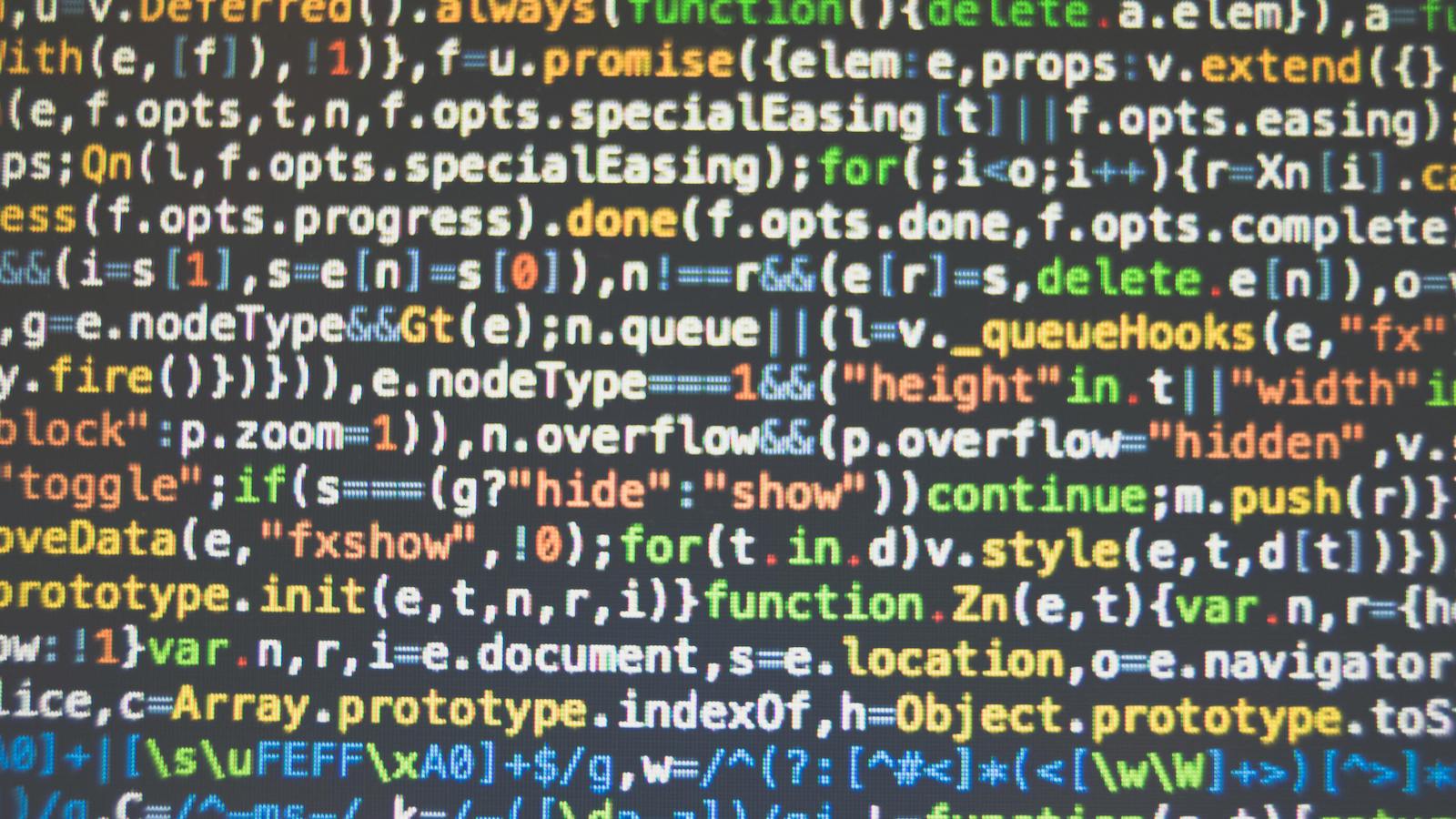As we still struggle to improve physical security in the brick and mortar world, we are also greatly challenged by security issues in the cyber world. The layers of cyber protections are melting away quickly (Figure 1) as evidenced by an exponential growth in cyber crime. We are all racing rapidly away from the shores of the brick and mortar world, chasing after irresistible and addictive internet-based technology.
 The Cyber War Statistics and Projections
The Cyber War Statistics and Projections
Figure 2 shows the Lloyd's of London estimated worldwide cyber damages in U.S. dollars for 2013 (100 Billion) and 2015 (400 Billion). The Jupiter Research projection for 2019 is $2 trillion. Cybersecurity Ventures projects $6 trillion of damage for 2021. If these projections become reality, that represents a 60-fold increase in cyber damages for the eight-year period between 2013 and 2021.

An independent Ponemon Institute study sponsored by Hewlett Packard said that, in 2016, the average U.S. firm reported cybercrime damages of $17 million. The average cyber damages were much less in non-U.S. countries, but the growth in such crimes is also increasing exponentially. The U.S. National Small Business Association study said that, on average, small businesses that had their bank accounts hacked lost an average of $32,000.
See also: 10 Cyber Security Predictions for 2017
The Cyber War Defender Sentiment
Various IT expert surveys tell us that the majority of defenders feel that we are losing this cyber war. Here are some key disturbing sentiments:
- An iSense Solutions survey of 250 IT professionals was conducted for Bitdefender among companies that were breached. Those that suffered cyber breaches in the last year convey the disturbing news that 74% of those that were breached don’t know how the breach happened.
- A survey by the Ponemon Institute revealed that it took between 98 and 197 days to detect the fact that a security breach has happened.
- An AT&T (Cybersecurity Insights) report surveyed 5,000 companies worldwide that were launching Internet of Things (IoT) devices. Only 10% of IoT developers felt that they could secure those devices against hackers. It is estimated that 10 billion devices were connected to the internet in early 2016 and that the number will grow to 30 billion devices by 2020.
- Another Ponemon Institute survey in 2016 consisting of 643 IT experts revealed that only one-third of the IT experts surveyed consider the cloud safe from cyber attacks.
- Cyberventures estimates that $1 trillion will be spent on cyber security products and services between 2017 and 2021.
- Cyber experts tell us that just meeting compliance is the beginning of cyber security and not the end.
- The World Economic Forum (WEF) stated that a “significant” amount of cybercrime and espionage still goes undetected.
- Hacker tools are cheap, fast and becoming easier to use, providing disturbing attacker advantages.
The Cyber War Executive Summary
Let’s summarize this gloomy situation. We are in an exponential growth period of cybercrime. Anywhere from 67% to 90% of experts surveyed can relate to these comments:
- They distrust the cloud.
- Most do not know how or when they were hacked, if they were hacked.
- Most do not know how to fully protect the old and new flood of internet connected devices from future hacks.
- Just meeting compliance is insufficient against hacks and cyber attacks.
- When hacks are noticed, they are noticed three to six months-plus after the fact.
This raises the question of how IT and security professionals will spend their security budget if they have been so unsuccessful in the past and present. This is clearly a high-risk environment and getting worse.
See also: How to Stir Dialogue on Cyber Security
Can Cyber Strategies Rescue Us?
Classic and logical-sounding cyber strategies have been and are being rendered useless by hackers and cyber-sharks. Figure 3 depicts the sad state of worldwide cyber security. Why are most cyber strategies not working? Maybe because they focus too much on the technical and do not engage all of the enterprise resources and its culture as an additional layer of defense.

Figure 4 reminds us of the words of MIT Professor Bill Aulet, derived from the original quote by the famous management consultant Peter Drucker: “Culture eats strategy for breakfast, operational excellence for lunch and everything else for dinner.” If our cyber strategy does not harness and engage the enterprise culture as a partner in this cyber war, we should expect only limited successes.
 Can Artificial Intelligence (AI) Rescue Us?
Can Artificial Intelligence (AI) Rescue Us?
Some are touting AI and machine learning as the “last hope” for cyber security, but some experts are also quick to confess that not all AI strategies are effective and that the cyber protection industry is only at the beginning of this journey to apply AI to cyber security. This confidence in AI also assumes that the “bad guys” will not use AI to become better hackers.
Can High-Reliability Organizational (HRO) Techniques Rescue Us?
Decades ago, high-risk organizations like nuclear submarines, aircraft carriers and nuclear power plants developed a highly successful culture-based management system that was later designated as high-reliability organizations (HRO). HROs have achieved zero-incident safety records even though they are considered high-risk. Now that every organization is thrust into the high-risk cyber world, it’s time to consider the HRO playbook and assess our cultures against custom HRO cyber criteria. Airlines, railroads, power plants, hospitals and other organizations are starting to customize HRO principles to meet their stretch goals for employee, customer and patient safety.
See also: Paradigm Shift on Cyber Security
Figure 5 shows one of the first basic enterprise system and cultural assessments required to lay the foundation for HRO cyber thinking across all layers of the organization. Such assessments will require anonymous inputs from all stakeholders and levels to ensure that all skeletons in the closet and the taboo talk rules that limit cyber successes are exposed.

The pursuit of becoming a high-reliability cyber organization is not for the faint of heart, and it is not a quick fix. It is a set of highly disciplined principles that affect the behaviors, attitudes, decision making and accountability for every level of the enterprise cascade as summarized in Figure 6. If any of the cyber security elements in the cascade has a weak link, cyber security will be at risk. The last line of defense against cyber attacks needs to be organizational and cultural and not just technical or centered on compliance.

As the world moves toward the shocking new reality of annual multitrillion-dollar cyber damages, organizations will need to combine technical and non-technical best practices for reliability to counter cyber threats. Unfortunately, it might take one or more big business failures or a major worldwide cyber calamity before more organizations start to see the value of a combined high-performance culture and technical strategy. Great successes of HRO organizations should teach us that a combined culture and technical strategy is the best way to defend ourselves in this expanding cyber world war.
 The Cyber War Statistics and Projections
Figure 2 shows the Lloyd's of London estimated worldwide cyber damages in U.S. dollars for 2013 (100 Billion) and 2015 (400 Billion). The Jupiter Research projection for 2019 is $2 trillion. Cybersecurity Ventures projects $6 trillion of damage for 2021. If these projections become reality, that represents a 60-fold increase in cyber damages for the eight-year period between 2013 and 2021.
The Cyber War Statistics and Projections
Figure 2 shows the Lloyd's of London estimated worldwide cyber damages in U.S. dollars for 2013 (100 Billion) and 2015 (400 Billion). The Jupiter Research projection for 2019 is $2 trillion. Cybersecurity Ventures projects $6 trillion of damage for 2021. If these projections become reality, that represents a 60-fold increase in cyber damages for the eight-year period between 2013 and 2021.
 An independent Ponemon Institute study sponsored by Hewlett Packard said that, in 2016, the average U.S. firm reported cybercrime damages of $17 million. The average cyber damages were much less in non-U.S. countries, but the growth in such crimes is also increasing exponentially. The U.S. National Small Business Association study said that, on average, small businesses that had their bank accounts hacked lost an average of $32,000.
See also: 10 Cyber Security Predictions for 2017
The Cyber War Defender Sentiment
Various IT expert surveys tell us that the majority of defenders feel that we are losing this cyber war. Here are some key disturbing sentiments:
An independent Ponemon Institute study sponsored by Hewlett Packard said that, in 2016, the average U.S. firm reported cybercrime damages of $17 million. The average cyber damages were much less in non-U.S. countries, but the growth in such crimes is also increasing exponentially. The U.S. National Small Business Association study said that, on average, small businesses that had their bank accounts hacked lost an average of $32,000.
See also: 10 Cyber Security Predictions for 2017
The Cyber War Defender Sentiment
Various IT expert surveys tell us that the majority of defenders feel that we are losing this cyber war. Here are some key disturbing sentiments:
 Figure 4 reminds us of the words of MIT Professor Bill Aulet, derived from the original quote by the famous management consultant Peter Drucker: “Culture eats strategy for breakfast, operational excellence for lunch and everything else for dinner.” If our cyber strategy does not harness and engage the enterprise culture as a partner in this cyber war, we should expect only limited successes.
Figure 4 reminds us of the words of MIT Professor Bill Aulet, derived from the original quote by the famous management consultant Peter Drucker: “Culture eats strategy for breakfast, operational excellence for lunch and everything else for dinner.” If our cyber strategy does not harness and engage the enterprise culture as a partner in this cyber war, we should expect only limited successes.
 Can Artificial Intelligence (AI) Rescue Us?
Some are touting AI and machine learning as the “last hope” for cyber security, but some experts are also quick to confess that not all AI strategies are effective and that the cyber protection industry is only at the beginning of this journey to apply AI to cyber security. This confidence in AI also assumes that the “bad guys” will not use AI to become better hackers.
Can High-Reliability Organizational (HRO) Techniques Rescue Us?
Decades ago, high-risk organizations like nuclear submarines, aircraft carriers and nuclear power plants developed a highly successful culture-based management system that was later designated as high-reliability organizations (HRO). HROs have achieved zero-incident safety records even though they are considered high-risk. Now that every organization is thrust into the high-risk cyber world, it’s time to consider the HRO playbook and assess our cultures against custom HRO cyber criteria. Airlines, railroads, power plants, hospitals and other organizations are starting to customize HRO principles to meet their stretch goals for employee, customer and patient safety.
See also: Paradigm Shift on Cyber Security
Figure 5 shows one of the first basic enterprise system and cultural assessments required to lay the foundation for HRO cyber thinking across all layers of the organization. Such assessments will require anonymous inputs from all stakeholders and levels to ensure that all skeletons in the closet and the taboo talk rules that limit cyber successes are exposed.
Can Artificial Intelligence (AI) Rescue Us?
Some are touting AI and machine learning as the “last hope” for cyber security, but some experts are also quick to confess that not all AI strategies are effective and that the cyber protection industry is only at the beginning of this journey to apply AI to cyber security. This confidence in AI also assumes that the “bad guys” will not use AI to become better hackers.
Can High-Reliability Organizational (HRO) Techniques Rescue Us?
Decades ago, high-risk organizations like nuclear submarines, aircraft carriers and nuclear power plants developed a highly successful culture-based management system that was later designated as high-reliability organizations (HRO). HROs have achieved zero-incident safety records even though they are considered high-risk. Now that every organization is thrust into the high-risk cyber world, it’s time to consider the HRO playbook and assess our cultures against custom HRO cyber criteria. Airlines, railroads, power plants, hospitals and other organizations are starting to customize HRO principles to meet their stretch goals for employee, customer and patient safety.
See also: Paradigm Shift on Cyber Security
Figure 5 shows one of the first basic enterprise system and cultural assessments required to lay the foundation for HRO cyber thinking across all layers of the organization. Such assessments will require anonymous inputs from all stakeholders and levels to ensure that all skeletons in the closet and the taboo talk rules that limit cyber successes are exposed.
 The pursuit of becoming a high-reliability cyber organization is not for the faint of heart, and it is not a quick fix. It is a set of highly disciplined principles that affect the behaviors, attitudes, decision making and accountability for every level of the enterprise cascade as summarized in Figure 6. If any of the cyber security elements in the cascade has a weak link, cyber security will be at risk. The last line of defense against cyber attacks needs to be organizational and cultural and not just technical or centered on compliance.
The pursuit of becoming a high-reliability cyber organization is not for the faint of heart, and it is not a quick fix. It is a set of highly disciplined principles that affect the behaviors, attitudes, decision making and accountability for every level of the enterprise cascade as summarized in Figure 6. If any of the cyber security elements in the cascade has a weak link, cyber security will be at risk. The last line of defense against cyber attacks needs to be organizational and cultural and not just technical or centered on compliance.
 As the world moves toward the shocking new reality of annual multitrillion-dollar cyber damages, organizations will need to combine technical and non-technical best practices for reliability to counter cyber threats. Unfortunately, it might take one or more big business failures or a major worldwide cyber calamity before more organizations start to see the value of a combined high-performance culture and technical strategy. Great successes of HRO organizations should teach us that a combined culture and technical strategy is the best way to defend ourselves in this expanding cyber world war.
As the world moves toward the shocking new reality of annual multitrillion-dollar cyber damages, organizations will need to combine technical and non-technical best practices for reliability to counter cyber threats. Unfortunately, it might take one or more big business failures or a major worldwide cyber calamity before more organizations start to see the value of a combined high-performance culture and technical strategy. Great successes of HRO organizations should teach us that a combined culture and technical strategy is the best way to defend ourselves in this expanding cyber world war.







